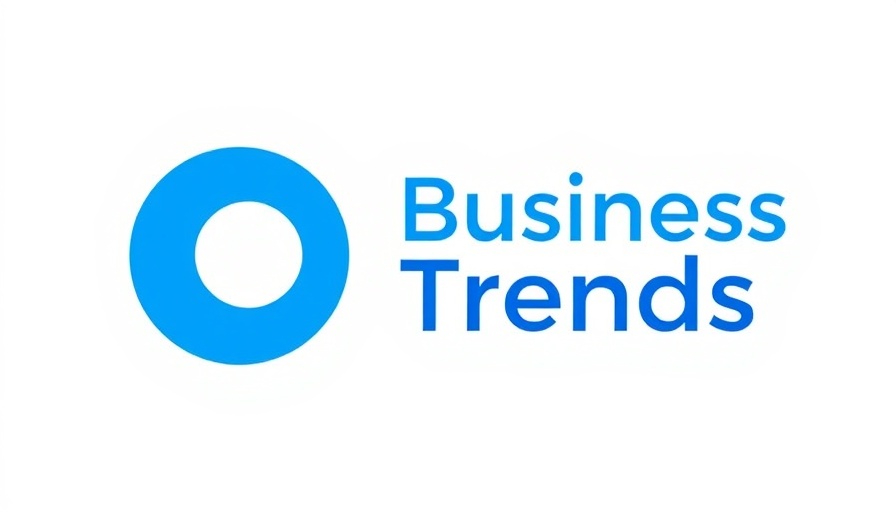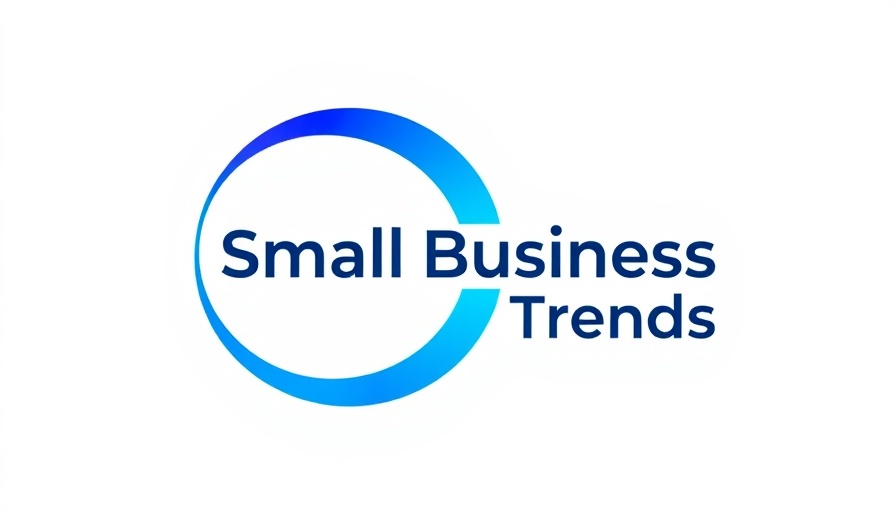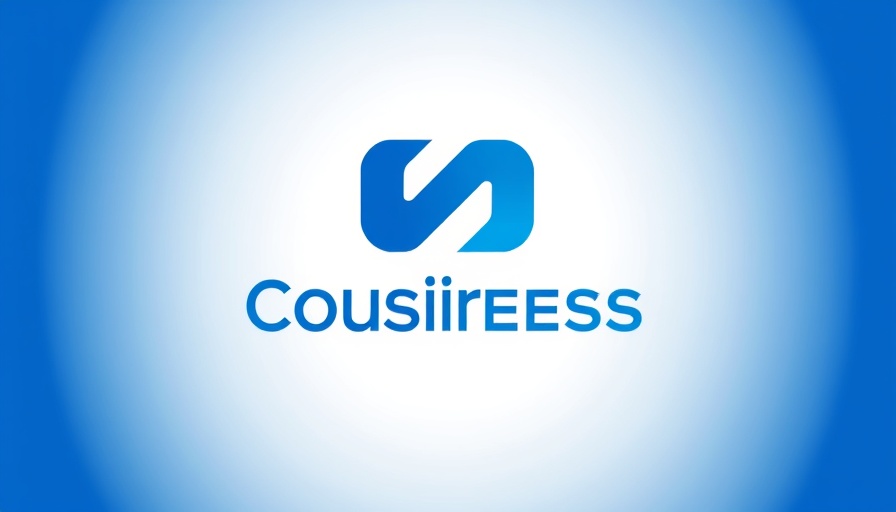
The Future of Business Laptop: ASUS ExpertBook B5
ASUS has launched its highly anticipated ExpertBook B5 (B5405/B5605), a lightweight AI-powered business laptop that prioritizes performance, security, and customization for professionals. With advancements in AI technology integrated into its Intel Core Ultra processors, the ExpertBook B5 aims to redefine productivity in the corporate landscape.
AI-Driven Performance and Customization
The AI-powered performance is a standout feature of the ExpertBook B5, boasting up to 99 total-platform TOPS to cater to multitasking needs. Its AI capabilities include ASUS AI ExpertMeet, which facilitates real-time transcription, noise cancellation, and live translation during meetings. This level of collaboration support is essential in today’s hybrid work environments. Additionally, customizable configurations streamline IT management for companies, allowing for bespoke setups that meet unique business needs.
Unmatched Security Features
Security is a top concern for business users, and ASUS addresses this with its ExpertGuardian security suite. This multifaceted protection system includes Windows 11 Secured-core technology, enabling biometric authentication and TPM 2.0 encryption to protect sensitive information. With threats to data security escalating, features like these are crucial in maintaining a secure digital workspace, especially for those handling confidential data.
Durable and Sustainable Design
Weighing a mere 1.36kg, the ExpertBook B5 is encased in a durable aluminum frame that not only ensures a lightweight design but also meets MIL-STD-810H standards for resilience. This is essential for professionals who require robustness in varying work conditions. Furthermore, ASUS introduces the Digital Product Passport, enhancing lifecycle tracking and sustainability compliance, which appeals to businesses looking to support eco-friendly initiatives.
Conclusion: A Step Towards Intelligent Business Computing
With a blend of AI-driven capabilities, enhanced security features, and a commitment to sustainability, the ASUS ExpertBook B5 positions itself as a pioneering tool for modern professionals. As businesses increasingly adapt to a digital and remote work model, investing in technology like the ExpertBook B5 will help enhance productivity, security, and collaboration.
Stay informed on the latest tech advancements and how they can empower your business by keeping an eye on evolving innovations in AI-driven tools like the ExpertBook B5.



Write A Comment